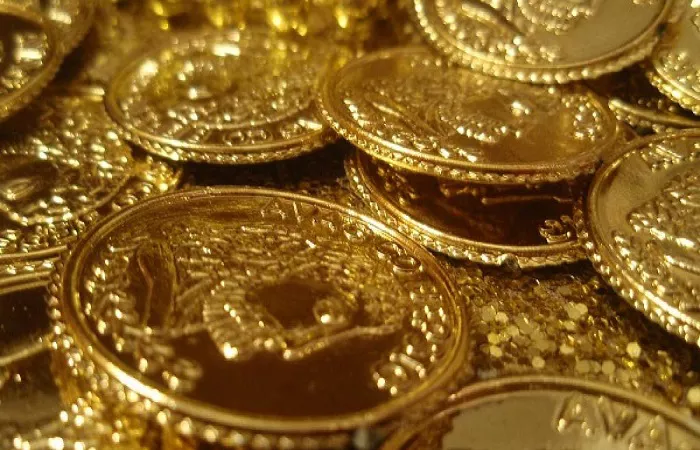Silver has been a valuable asset for centuries, prized for its beauty, rarity, and utility. As of March 28, 2025, silver is trading at approximately $29.84 per ounce. This price reflects a 5.42% increase since the beginning of 2025. Understanding the factors that influence silver prices can help investors, collectors, and consumers make informed decisions.
Factors Influencing Silver Prices
Silver prices are influenced by a combination of market demand, industrial usage, geopolitical events, and economic indicators. Key factors include:
Industrial Demand
Silver is widely used in various industries, including electronics, solar energy, and medicine. Increased industrial demand can drive up silver prices. For example, the growing adoption of solar panels has heightened the need for silver, as it is a crucial component in photovoltaic cells.
Investment Demand
Silver is considered a safe-haven asset, similar to gold. During times of economic uncertainty or inflation, investors often turn to silver to preserve wealth. Recent geopolitical tensions, such as trade disputes and tariff announcements, have led to increased investment in precious metals, including silver.
Supply Factors
The availability of silver is influenced by mining production and recycling rates. Major silver-producing countries include Mexico, Peru, and China. Any disruptions in these regions, such as labor strikes or regulatory changes, can impact the global silver supply, thereby affecting prices.
Currency Movements
Silver is traded globally, and its price is often quoted in U.S. dollars. Fluctuations in the value of the dollar can influence silver prices. For instance, a weaker dollar can make silver more affordable for foreign investors, potentially increasing demand and driving up prices.
Geopolitical Events
Events such as trade wars, political instability, and international conflicts can create uncertainty in financial markets. This uncertainty often leads investors to seek safe-haven assets like silver, thereby increasing its price. Recent trade tensions, particularly those involving the U.S. and major trading partners, have contributed to volatility in silver prices.
Silver Price Trends
Over the past year, silver has experienced notable price movements. In April 2024, silver reached a high of $34.83 per ounce, while the low for the year was $21.93. This represents a significant range, highlighting the metal’s volatility. The current price of $29.84 places silver approximately in the middle of this range.
Silver in the Context of Other Precious Metals
Silver often moves in tandem with other precious metals, particularly gold. However, the gold-to-silver ratio—currently above 90:1—suggests that silver may be undervalued relative to gold. Historically, this ratio has averaged around 70:1, indicating potential for silver prices to rise.
Conclusion
Silver’s price per ounce is the result of a complex interplay of various factors, including industrial and investment demand, supply constraints, currency fluctuations, and geopolitical events. As of March 28, 2025, silver is trading at approximately $29.84 per ounce, reflecting a 5.42% increase since the beginning of the year. While this price is influenced by current market conditions, investors and consumers should remain mindful of the factors that can lead to price volatility. Staying informed about global economic and political developments can provide valuable insights into potential future movements in silver prices.
Related topics:
- What is the Value of 18K Gold?
- Why Does Gold Price Increase During War?
- What is the Best Price Being Paid for Gold Sovereigns?


